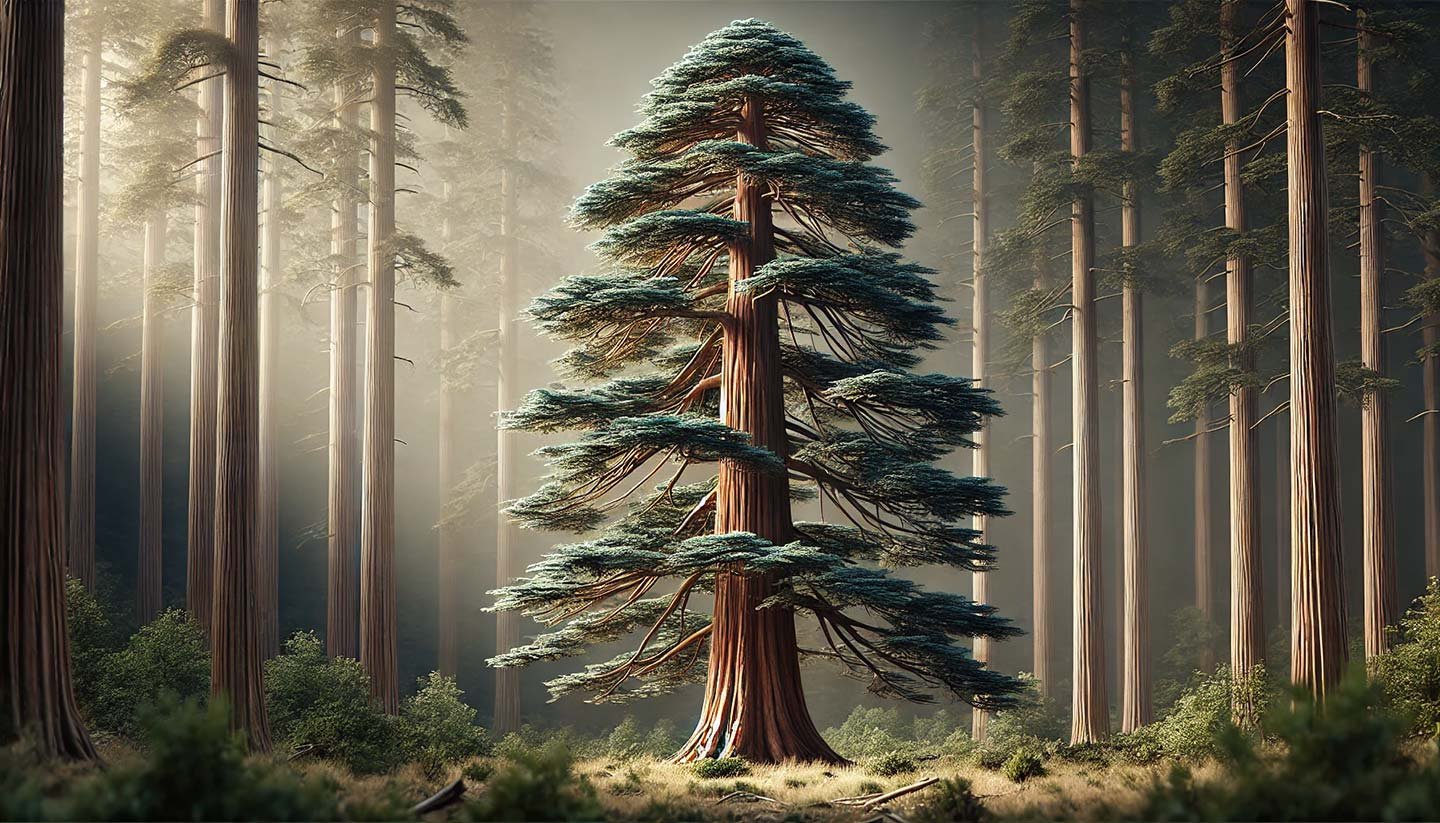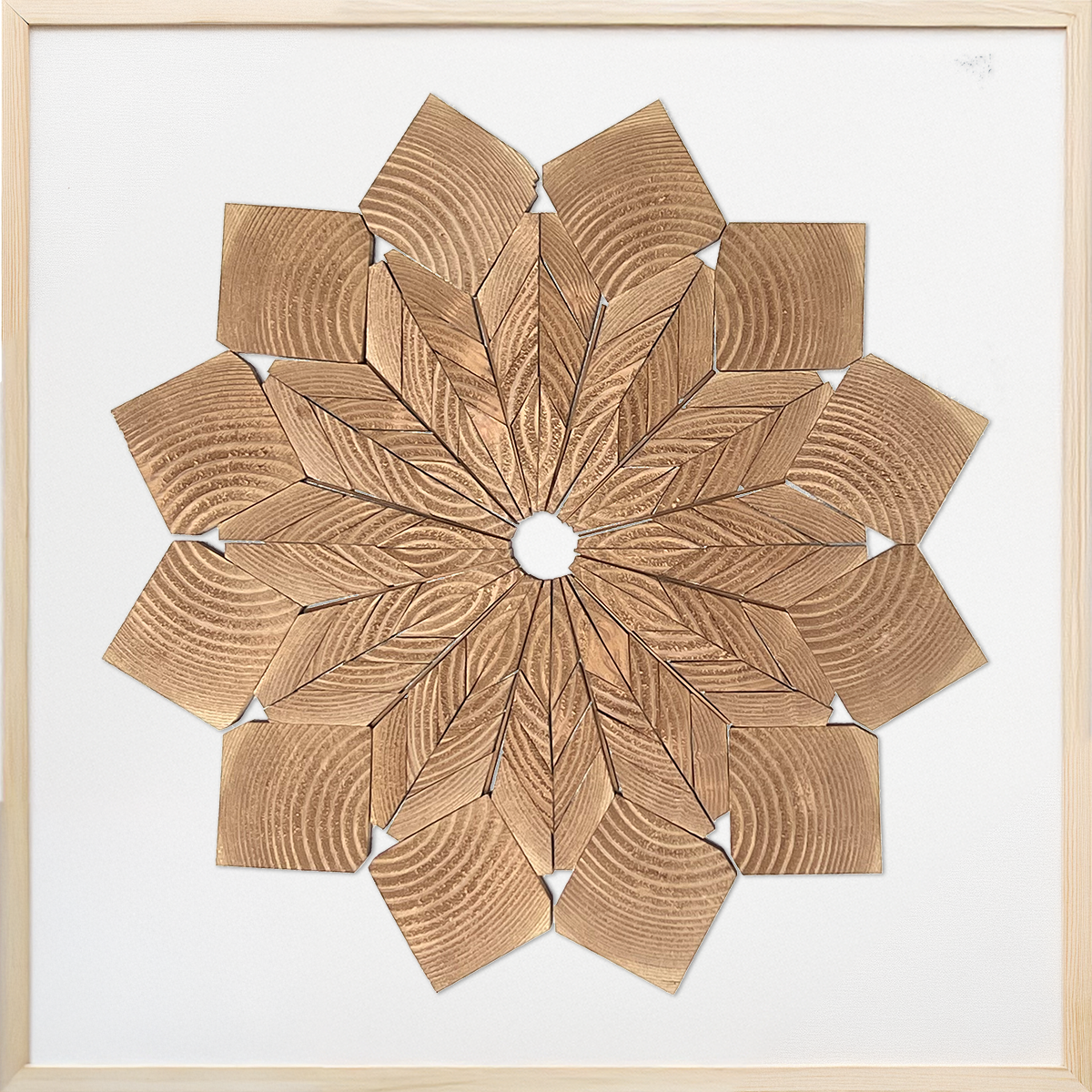
Hendeca
Cedar
The Northern White Cedar (Thuja occidentalis), also known as arborvitae, is a coniferous tree native to North America, primarily found in the northeastern United States and southeastern Canada. This slow-growing tree thrives in wetlands and cool, moist forests, often forming dense thickets. The tree also plays an important ecological role, providing food and shelter for wildlife, including deer and birds. Its aromatic foliage is due to the presence of natural oils, which help deter pests and contribute to its distinct fragrance.. Northern White Cedar is culturally significant, particularly for Indigenous peoples who have long used it for medicinal and practical purposes.
Crafted from a single piece of Cedar, this design draws inspiration from the enlightenment symbolized by the 11-sided shape, the hendecagon. The number eleven is often linked to heightened awareness, sensitivity, and spiritual insight. It also universally resonates with themes of intuition, duality, and connection to something greater.





